Who Is Your First Choice?
February 16, 2023
The right to vote is the foundation of this country’s democracy, giving Americans the ability to change society and elect leaders who represent their values. For most of history, the United States has been accustomed to the general top-two system, in which candidates vote for one candidate and the winner is determined by whoever possesses the majority of votes. But in recent years, there have been calls to implement a new kind of voting system called ranked choice voting (RCV). Over the last few years, more cities and states have turned to RCV, in which voters rank their candidates so that the lowest candidate gets eliminated and any votes for an eliminated candidate go to their next ranked choice until there is a winner. While some complain that ranked-choice voting is unfeasible or unfair, ranked-choice voting in the end maximizes the voting process to select better candidates in a far more effective and beneficial way.
Elections are expensive, and runoff elections are even more expensive. Runoff elections are a second election between the two top vote getters in the first election who failed to win a majority of the votes. Runoff elections not only require voters to return once again to the polls, but they also cost voters and taxpayers an exorbitant amount. According to a recent study by Third Way, runoffs on average cost $7 per voter in Texas, while in Louisiana, statewide runoffs cost almost as much as the first-round election. Even with all that money spent, there is no guarantee that all the voters will vote once again, as previous research by FairVote indicates turnout typically declines by 38% between primary elections and primary runoff elections. It is clear that runoffs are a complete waste of time; this is where ranked choice voting elections come in. Money would be spent, yet such funds would be long off from the money required for a separate runoff election. Everyone stands to benefit from RCV. The government saves money, busy voters only have to make one trip, and elections do not suffer large disparities from lower runoff turnouts.
In the current political climate, it is easy for voters to simply vote for the candidate of their party without batting an eye. Yet, such a mindset is detrimental to democracy and fails to motivate voters to listen to every candidate that is running. When a voter is required to rank multiple candidates, it forces them to pay attention to the names on the ballot and see how much they align with the candidate. The Committee for Ranked Choice Voting states that “ranked choice voting ensures that candidates with the most votes and broadest support win, so voters get what they want.” RCV levels the playing field for all candidates. No more focusing on the broad voter base; no more bashing the opponent; no more antagonizing the opposition. Instead, more reaching out to voters on issues that actually matter. RCV reveals the candidate that possesses the most support across the entirety of the electorate, and enables the will of the majority to take a stand. Moreover, ranked-choice voting allows for greater representation both along the candidate list as well as demographic of voters, enabling minority and diverse communities to elect candidates of their own choice. The job of the American people is to vote for the candidates that deserve their support. Ranked-choice voting gets that job done.
One of the biggest qualms proposed by opponents of RCV is that it is too complicated and adds a greater burden to an already complex process. It’s true that ranking candidates is more complicated than selecting just one candidate, and more resources would have to be diverted to upgrade the election system to effectively implement RCV. However, is something being too complicated meant to be a barrier to voting? According to Ranked Vote, election turnout and ballot competition have not been negatively affected in regions where RCV has been used. In Alaska’s 2022 Congressional Special Election, 73% ranked more than one candidate, 85% found ranked-choice voting simple, and 99.8% of votes cast were valid. Furthermore, turnout for both the 2018 and 2020 elections in Maine was higher than in previous comparable elections. Not bad for a “complicated” voting system.
Society is often quick to blame that a new method is deemed too arduous and cumbersome to take on. Still, the potential for the United States to enact a positive change in its voting system with RCV is far too great to ignore. The country faces a special election today, with the underdog, RCV rising to challenge the establishment. It is time for America to make the correct choice.










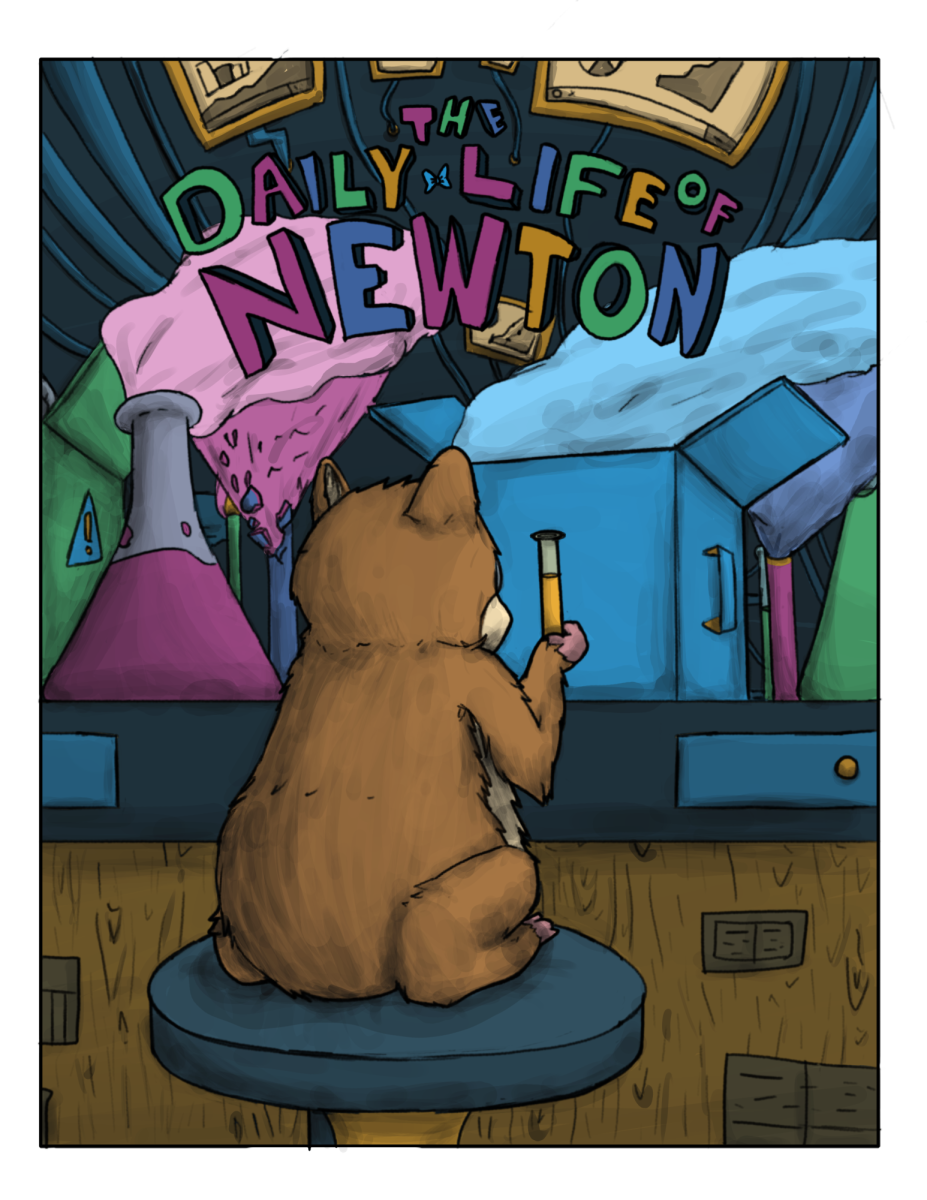
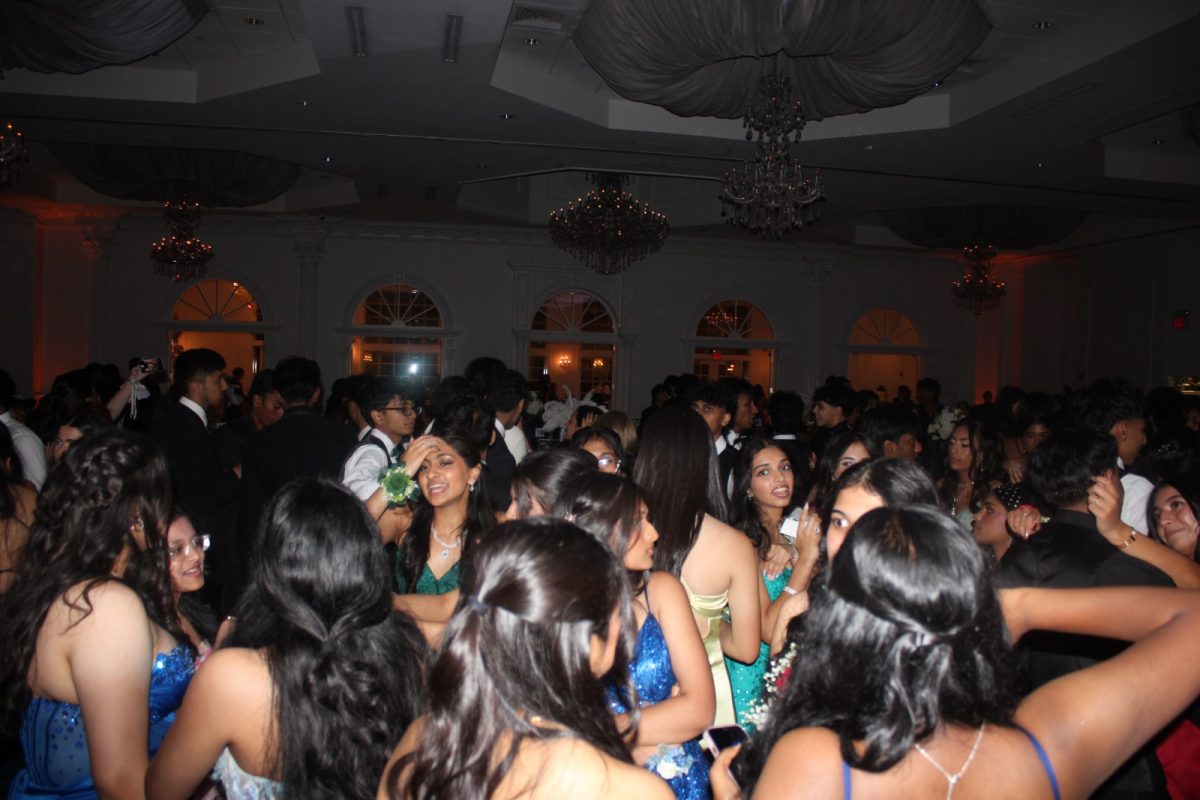
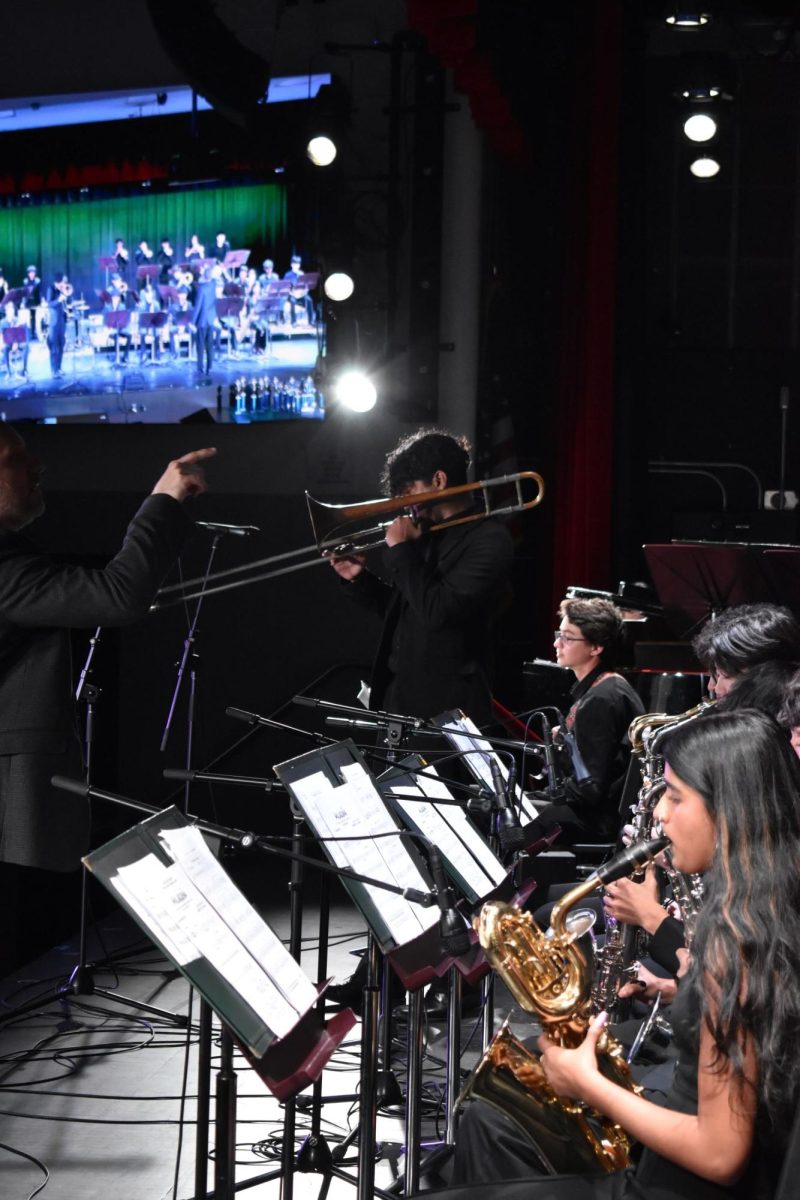

















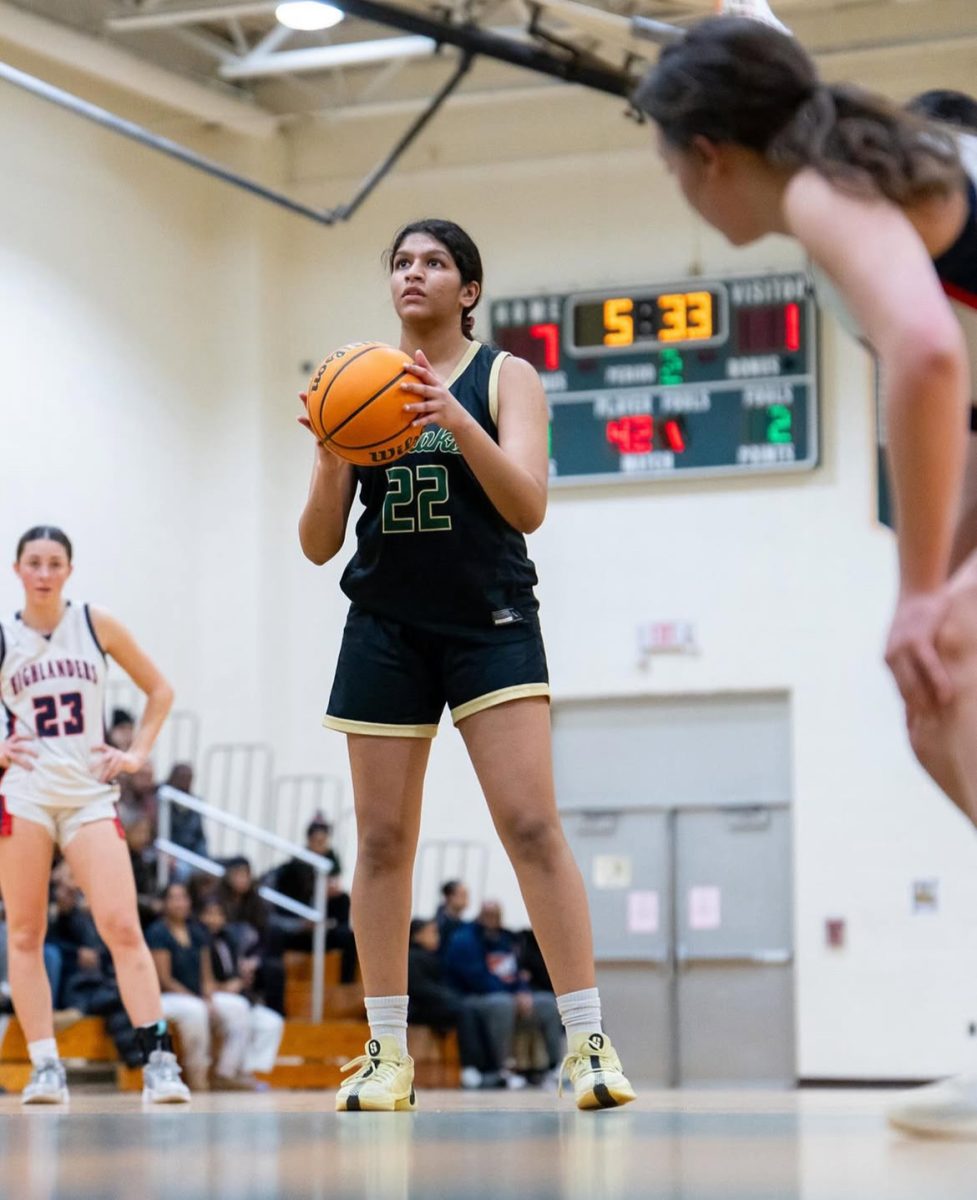








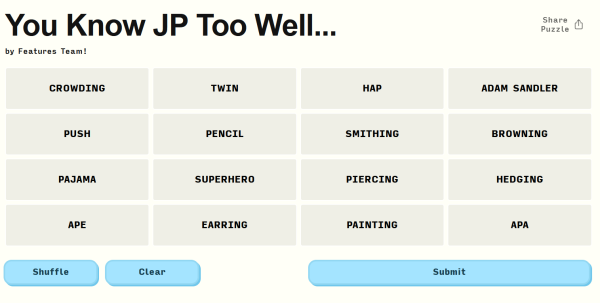
Gopa • Feb 28, 2023 at 1:55 pm
Very nice Article Shardul , very well written . Keep it up .